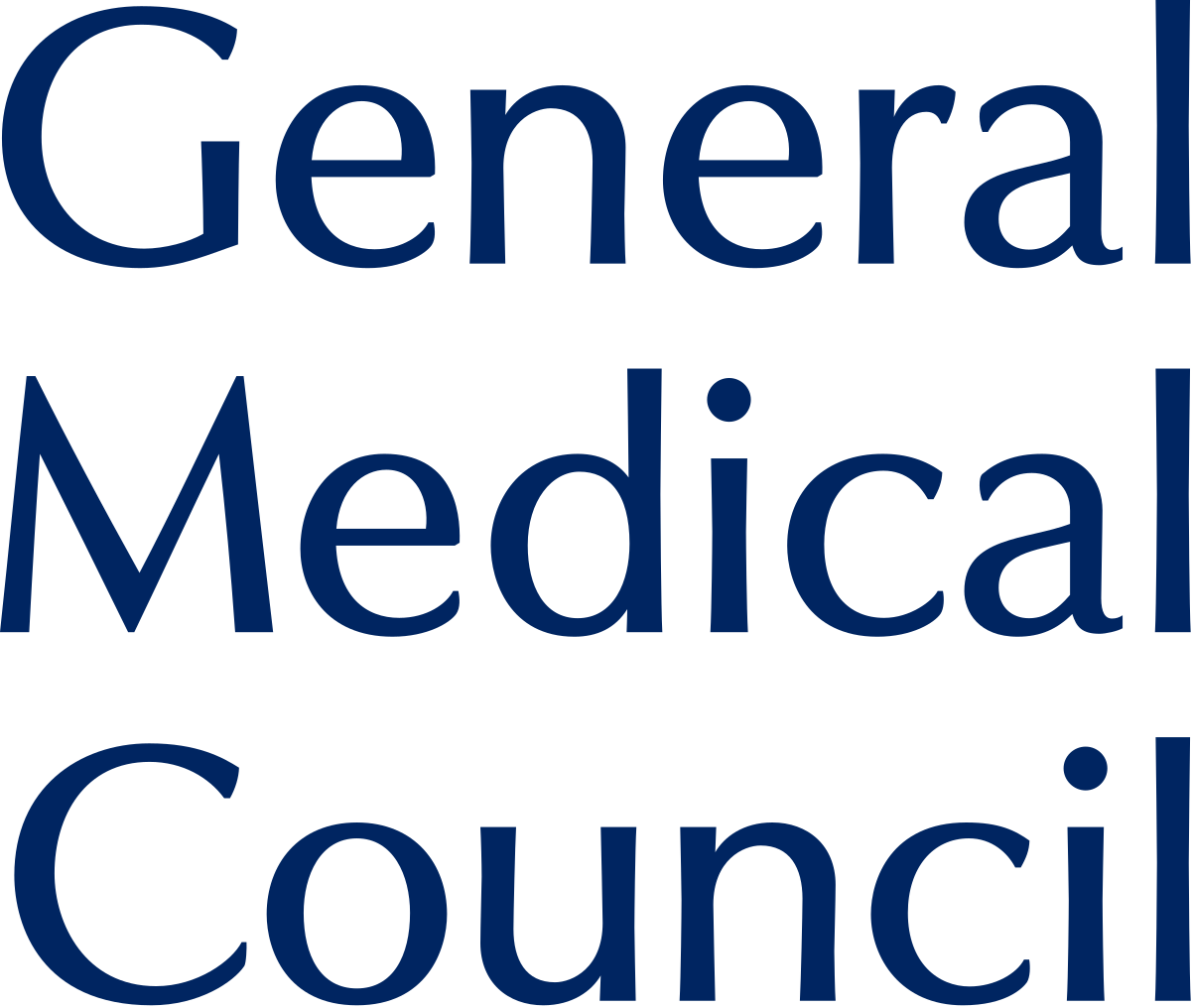Abdominoplasty
An abdominoplasty - also referred to as a tummy tuck
What is abdominoplasty treatment?
An abdominoplasty - also referred to as a tummy tuck - is a surgical procedure which improves the shape of the abdomen. It usually involves the removal of excess fat and loose skin which cannot be lost naturally through exercise. People who choose to have an abdominoplasty may have recently lost a lot of weight or had a baby.
As with any surgical cosmetic procedure, the decision to have an abdominoplasty should be taken carefully after a process of consideration. It should not be seen as an alternative to natural ways of using weight.
There are two main types of abdominoplasty; a full tummy tuck or a mini tummy tuck.
Am I a good candidate for abdominoplasty?
Your decision to undergo an abdominoplasty will come down to your personal choice. Suitable candidates include people who have unwanted excess fat and skin on their abdomen following pregnancy, rapid weight loss or bariatric surgery. In some cases, you might have an 'overhang' of fat and skin which you find hard to eliminate through natural means such as intensive physical exercise or dieting.
During the surgery
Ahead of the surgery, you will typically have a full consultation at which you will be free to ask any questions. On the day of the operation, you will usually refrain from drinking or eating for a six-hour window.
Both full and mini tummy tucks are usually carried out under general anaesthetic.
For a full tummy tuck or complete abdominoplasty, the surgeon will make an incision along the abdomen from one hipbone to another. They can then contour the muscle and skin tissue according to the requirements of the individual. The surgery will involve the moving of the belly button. Drainage tubes may be required to be placed under the skin for a few days following the operation. A complete abdominoplasty can take up to 3.5 hours.
A mini tummy tuck or mini abdominoplasty is usually performed on people who have fat deposits located below the navel. The belly button is not usually moved during this type of abdominoplasty procedure. The treatment can take up to two hours, depending on the requirements of the individual.
Recovery from abdominoplasty
It should be noted that the length of the recovery period will depend on a range of factors - from the type of abdominoplasty which you are having, to your age, and your general level of health, or body weight. It is imperative that you give your body enough time to heal, and do not rush to resume everyday activities. Depending on the type of procedure which you undergo, you might only need to stay in hospital for a few hours following surgery, but in some cases, you may be required to stay overnight.
It is important to make proper arrangements for the recovery period so that you are fully prepared, including help you may need at home. You will be shown how to care for yourself at home, including how to maintain and empty any drains used in the days after the operation. An abdominal binder is usually worn for around six weeks, and you will need to avoid any strenuous activity during this time frame.
Get in touch
If you have any queries or would like to book an appointment, please use the contact form or get in touch via call or email.








